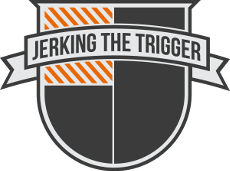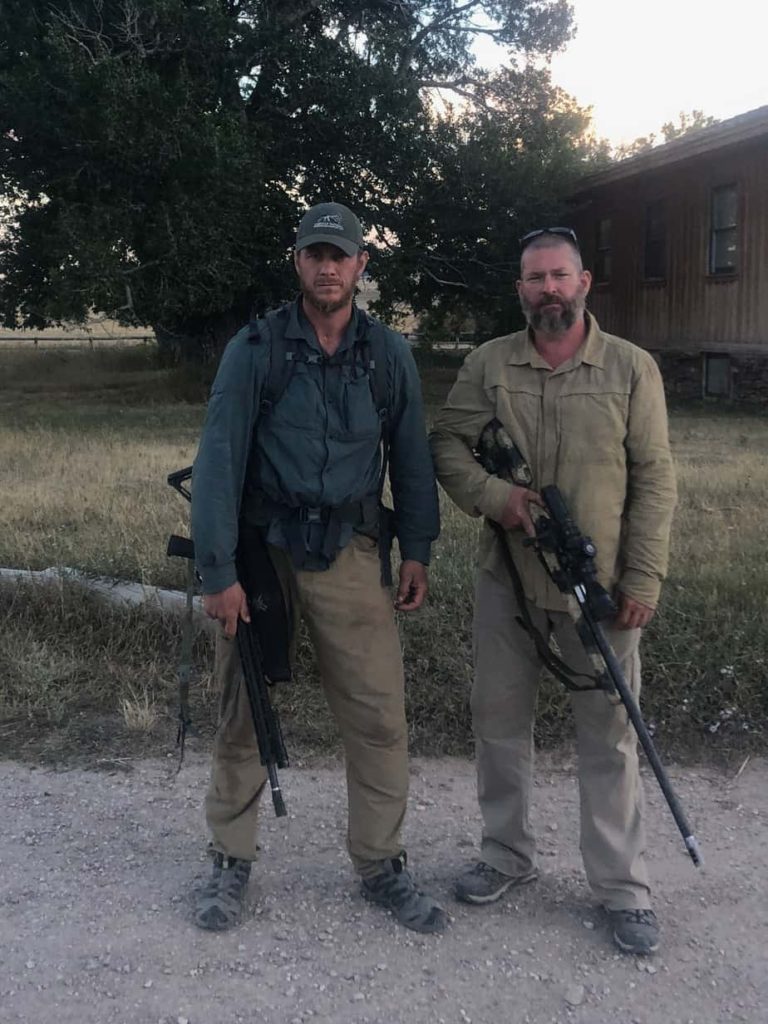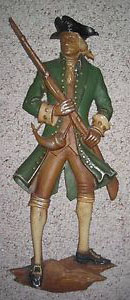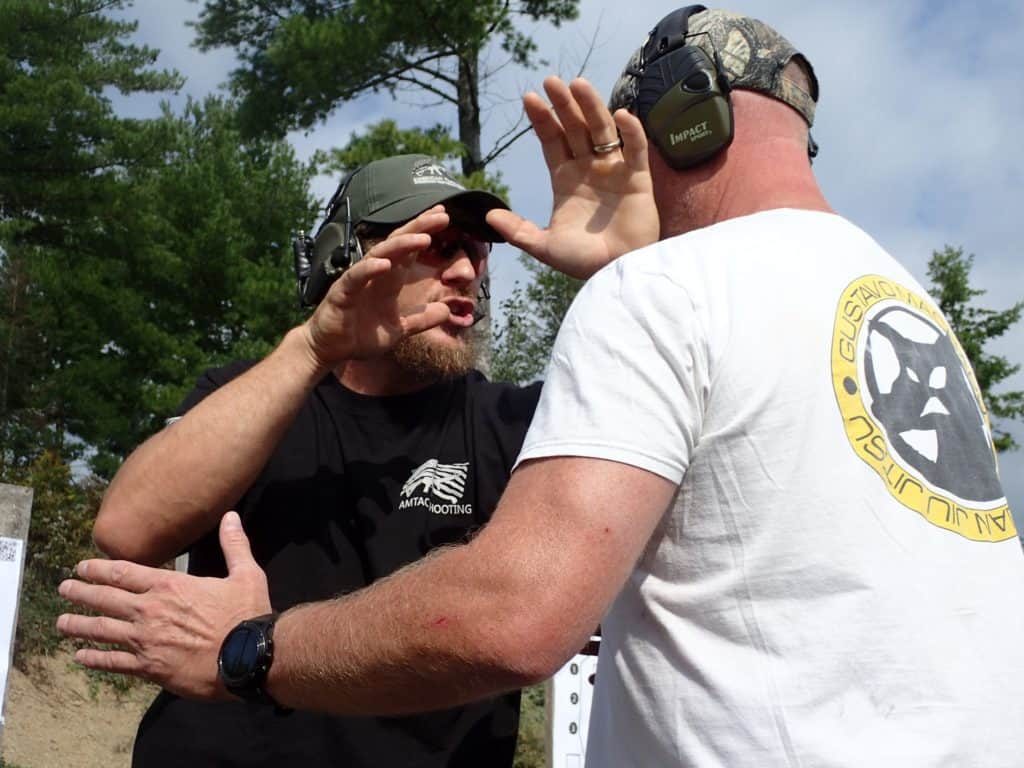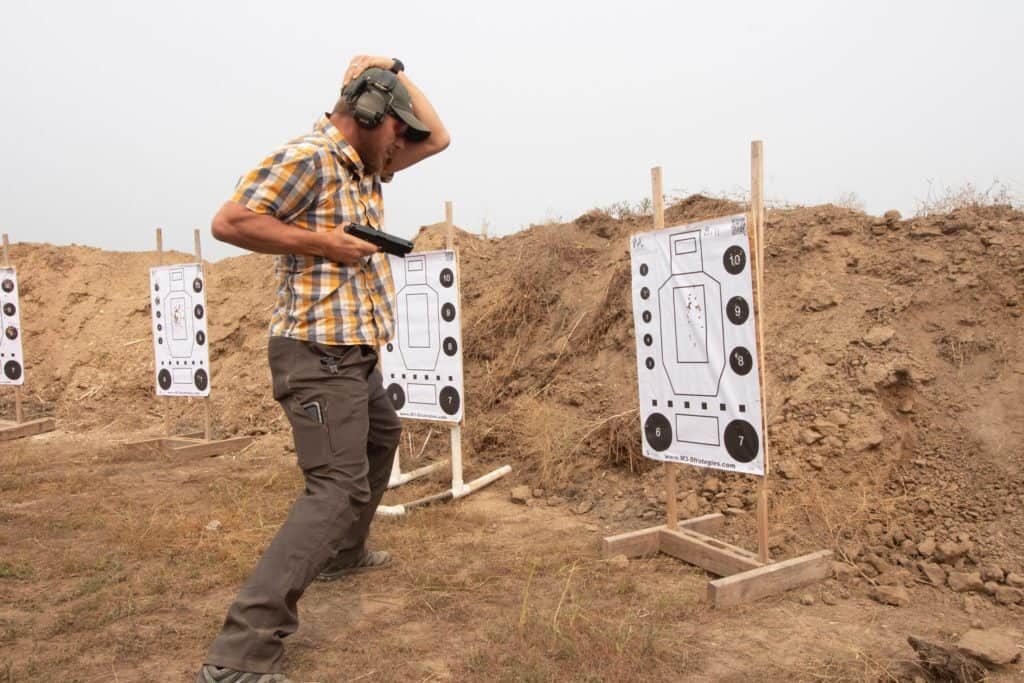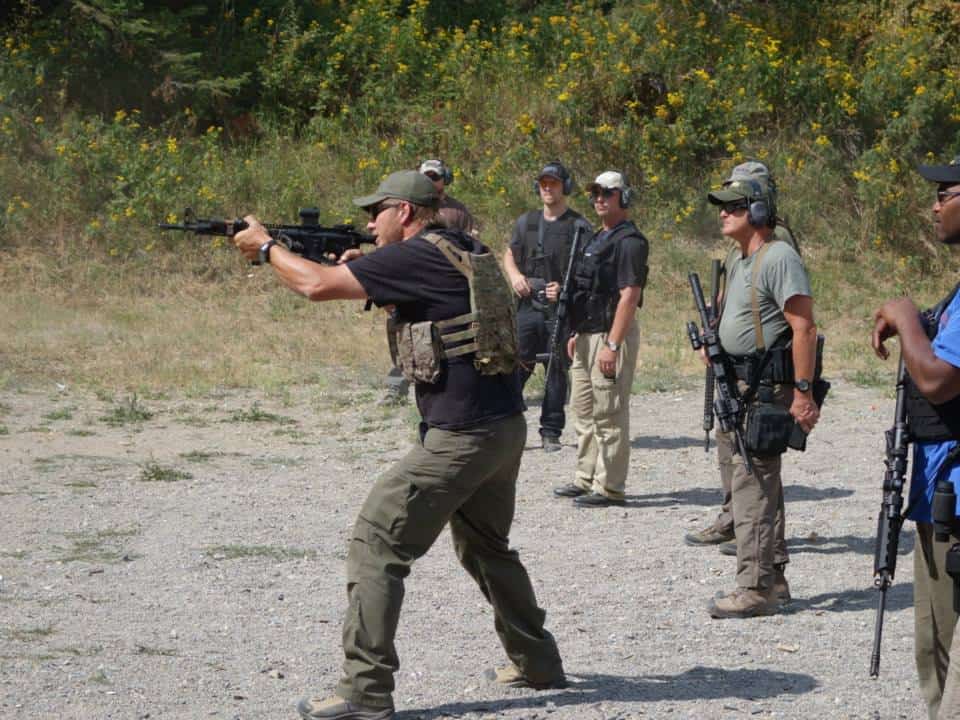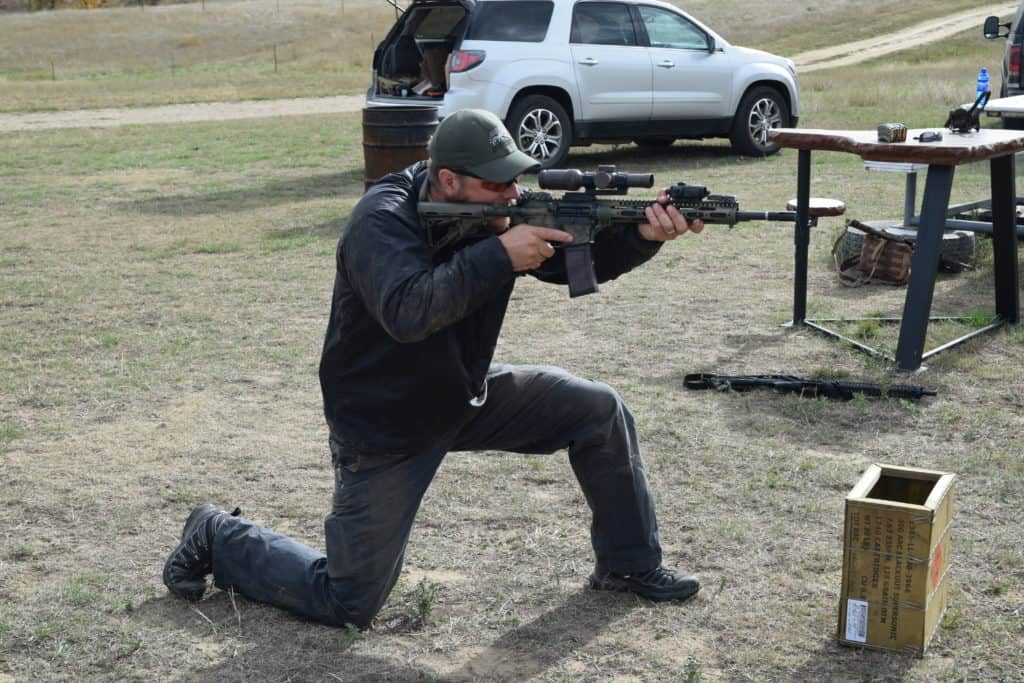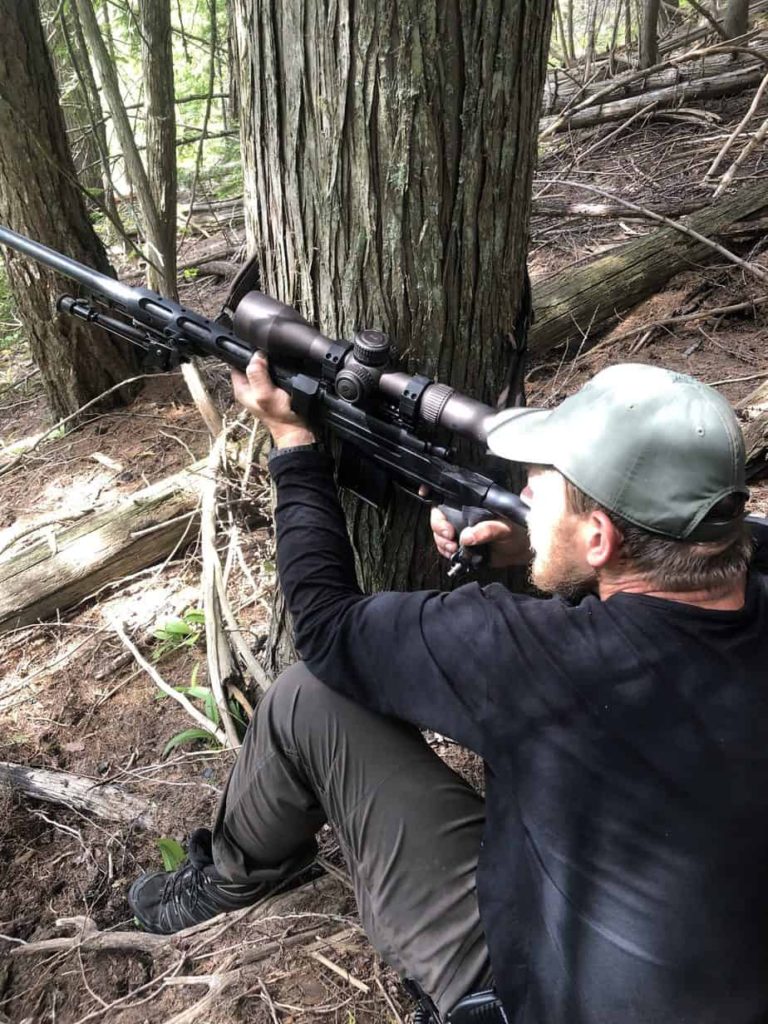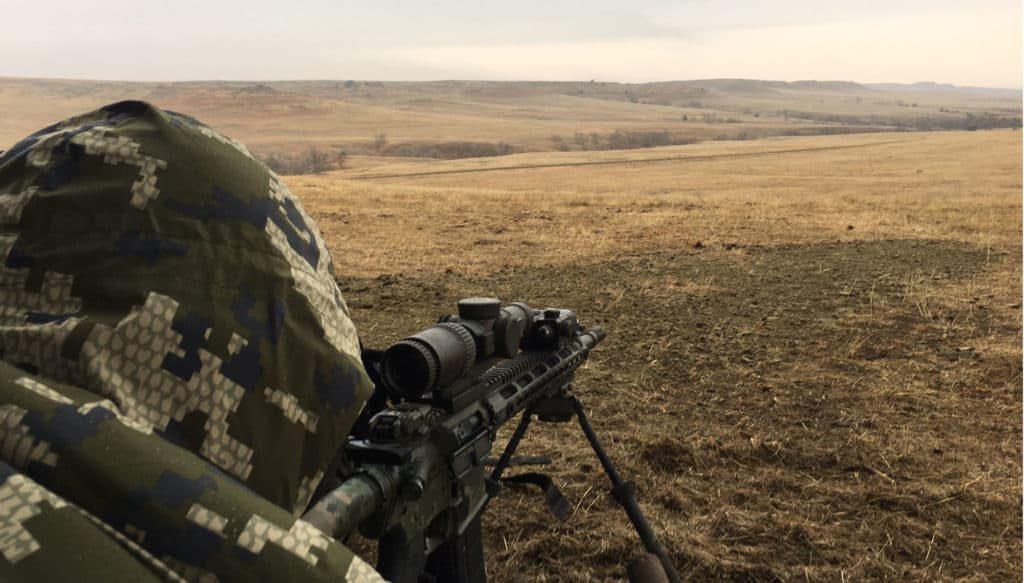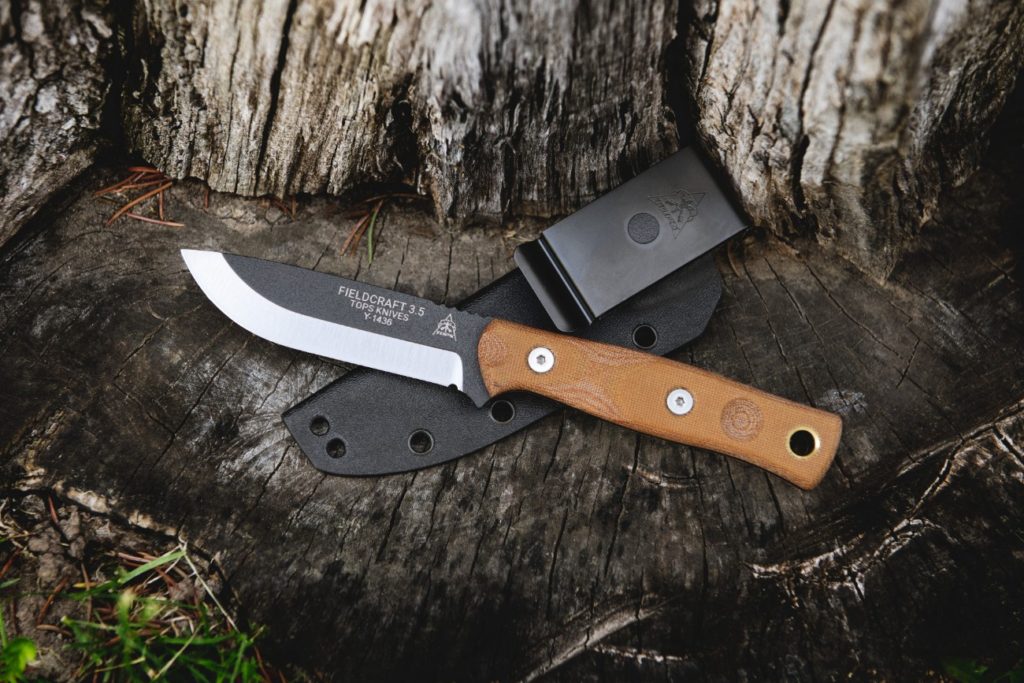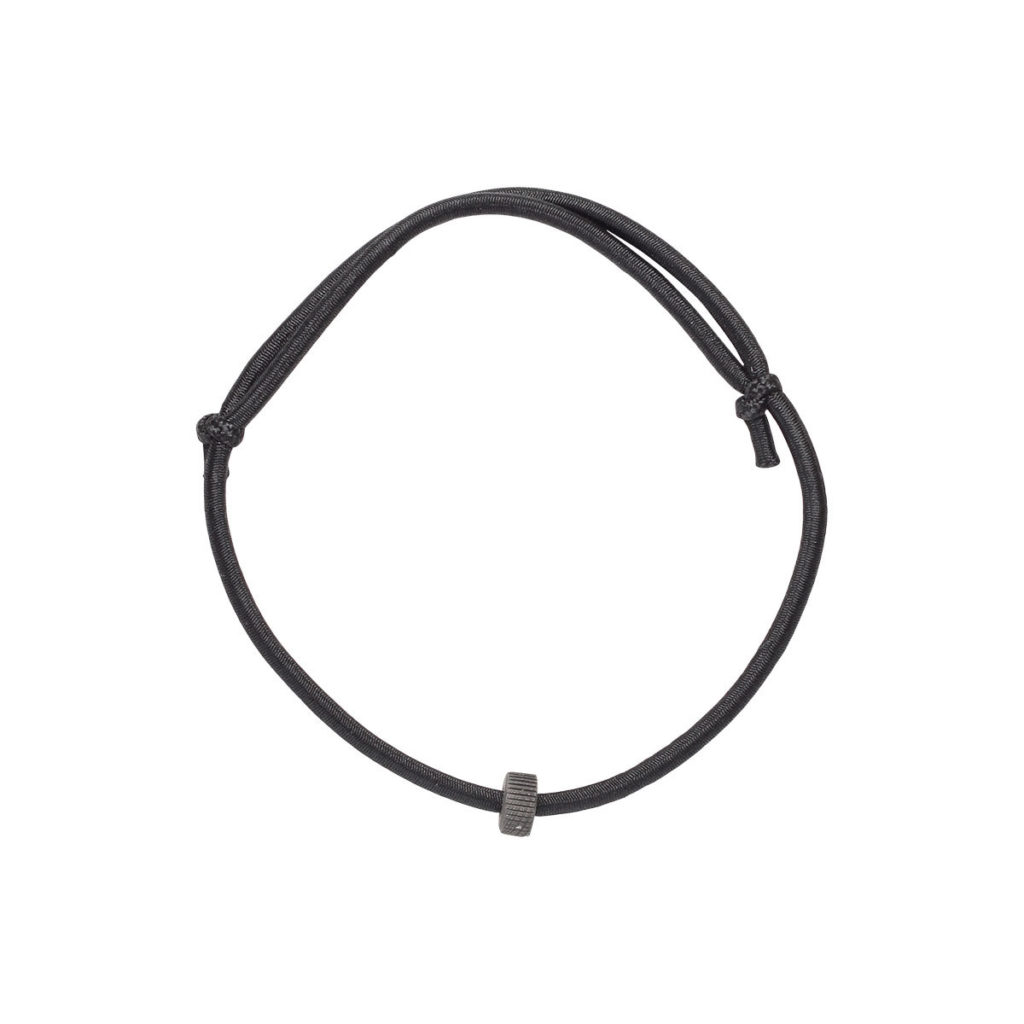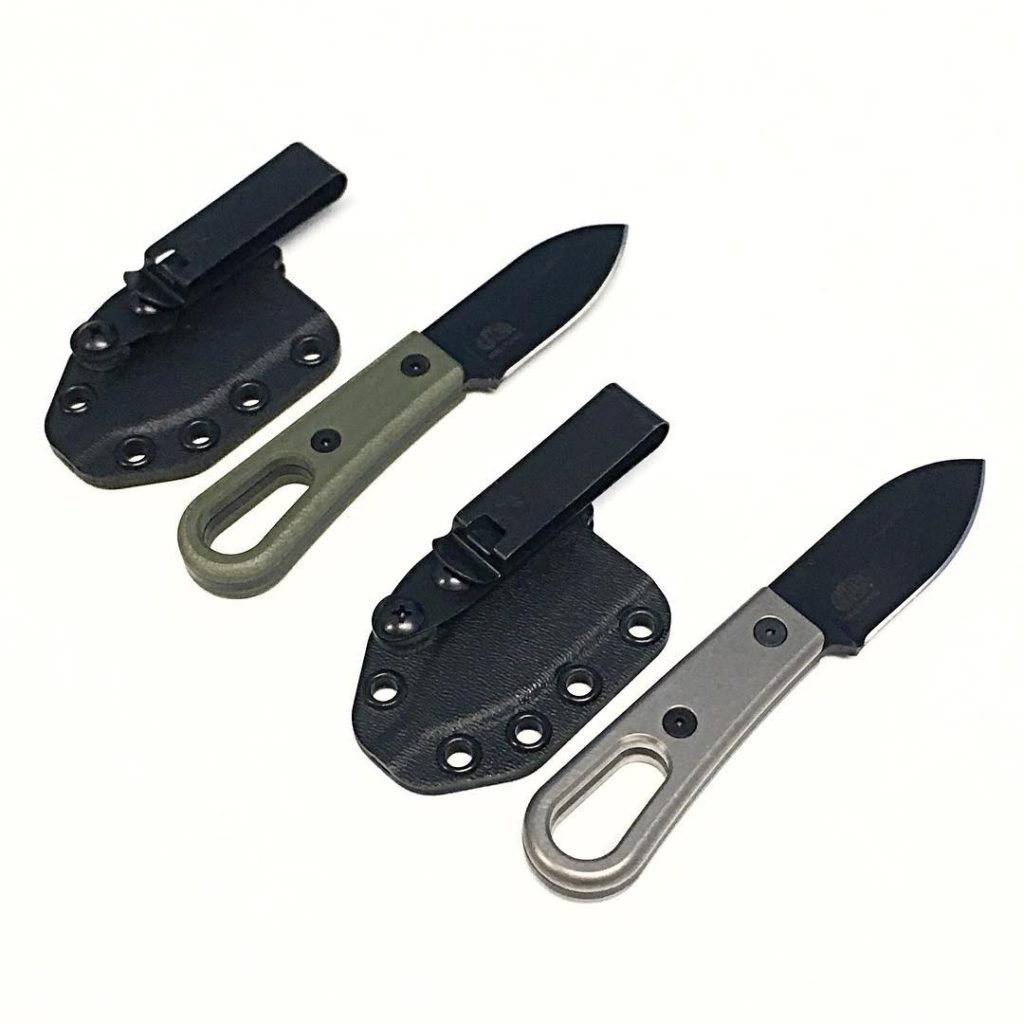Mounting a modern 2-point tactical sling on an AR-15 is easy. Many stocks and handguards can accept a side-mounted sling by default or at least with the addition of readily available accessories. If you want to do the same thing on a rifle or shotgun with a traditional buttstock, it becomes a little more complicated… unless you know about a sling that has been around forever: the Safari-Tac Multipurpose Sling from Boonie Packer/Redi-Mag.
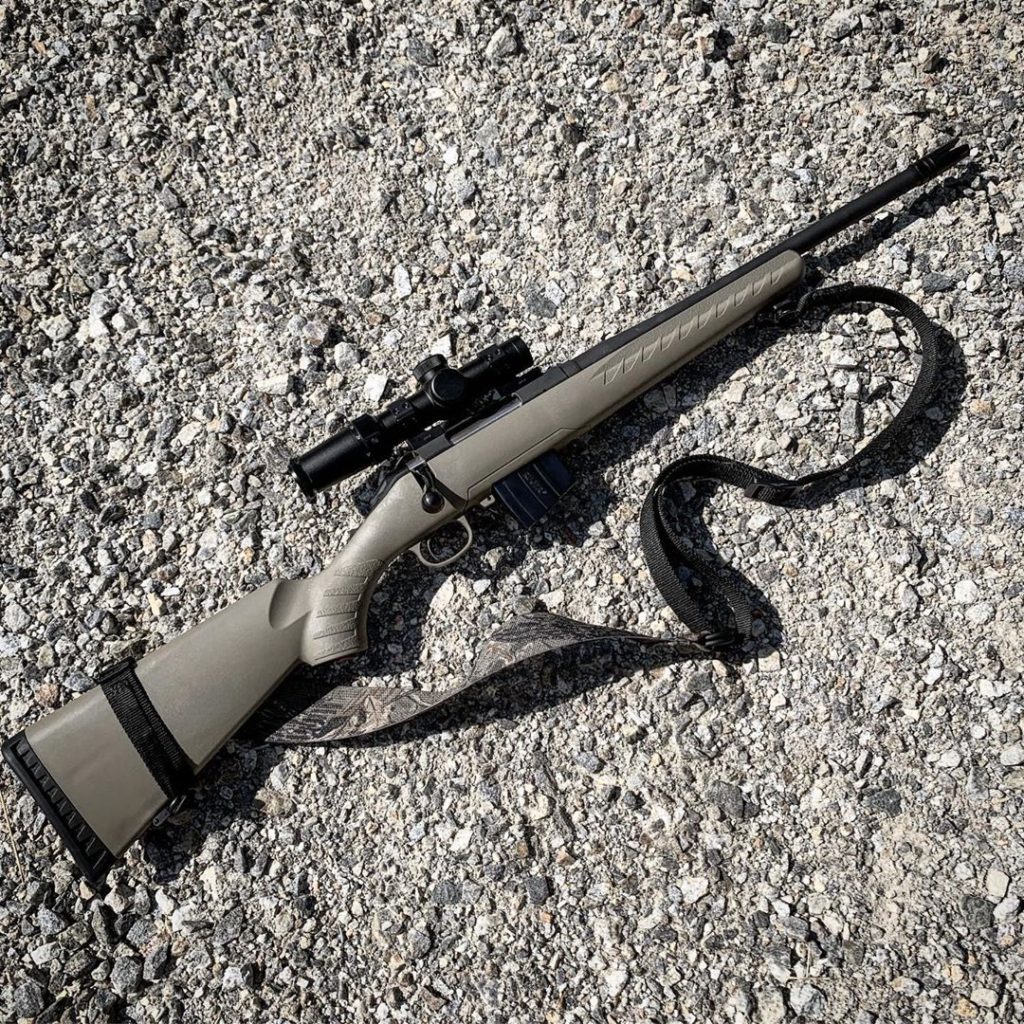
Overview
The Safari-Tac Multipurpose Sling is a 2-point sling that allows rifles and shotguns with traditional stocks with bottom mounted sling swivels to be carried across the front of the shooter in the same way a modern 2-point tactical sling would. It accomplishes this with a unique attachment method that requires no modification to the host rifle.
You can see the attachment method in this video:
Observations from Use
I’ve been using these slings for more than 12 years. They absolutely solve a common problem in a simple (and affordable way and I am ashamed that I haven’t reviewed this sling until now. This sling does not get enough credit.
The sling attaches via two hard plastic bars that can be tucked into standard sling swivels easy but can not slip back through without intentional manipulations. At the front, the sling just attaches to a button mounted swivel in a fairly standard way with the sling just running out from the bottom. The rear swivel is where the magic happens. The rear swivel is used as a stop that prevents a webbing loop that is wrapped around the buttstock from sliding forward and back. The sling is attached to the loop on the side of the buttstock rather than the swivel itself. This is what allows the rifle to be carried flat against the wearer’s chest.

This Safari-Tac has a plastic slider to adjust the length of the sling. This slider can be operated while the rifle is slung but I still wouldn’t quite call it is a “quick-adjust” sling. The slider is there to aid in length adjustment and for the sling’s use as a shooting aid more than it is for left/ride side transitions or cinching the rifle close to the wearer. It can be used for those purposes. Just don’t expect it to slide like a quick-adjust mechanism.
In addition to the 2-point sling functionality, the Safari-Tac can be used as a shooting aid. The slider creates a loop in the sling that can be looped onto the support arm to help the shooter build a more stable shooting position. This can be something of a lost art these days but it is very handy for those who know how to fully leverage the functionality.
This sling is excellent for bolt action rifles, shotguns, .22 rifles, and any other traditionally stocked weapon that you want to carry in a manner that keeps it comfortably away from a backpack and readily available. Shotgunners may find it especially useful as mounted a modern 2-point sling to a pump-action shotgun can be frustrating. I particularly like it for a longarm that I might carry while hiking like a shotgun or lever-action because it works so well with backpacks thanks to its flat, wide webbing and positioning.

Wrap Up
The Safari-Tac Multipurpose Sling likely pre-dates most of the modern 2-point slings that JTT readers are familiar with but that doesn’t diminish its relevance today. This sling is incredibly useful and solves a common problem in an elegant way. I should also mention that it also happens to be very affordable.
Check it out at the Boonie Packer/Redi-Mag website: Redi-Mag.com
NOTE: Be careful if you plan to purchase one. Boonie Packer/Redi-Mag make other slings with the term “Safari” in the name. I am sure those are fine sling too but this review and the functionality described pertains to the “Safari-Tac” sling.
